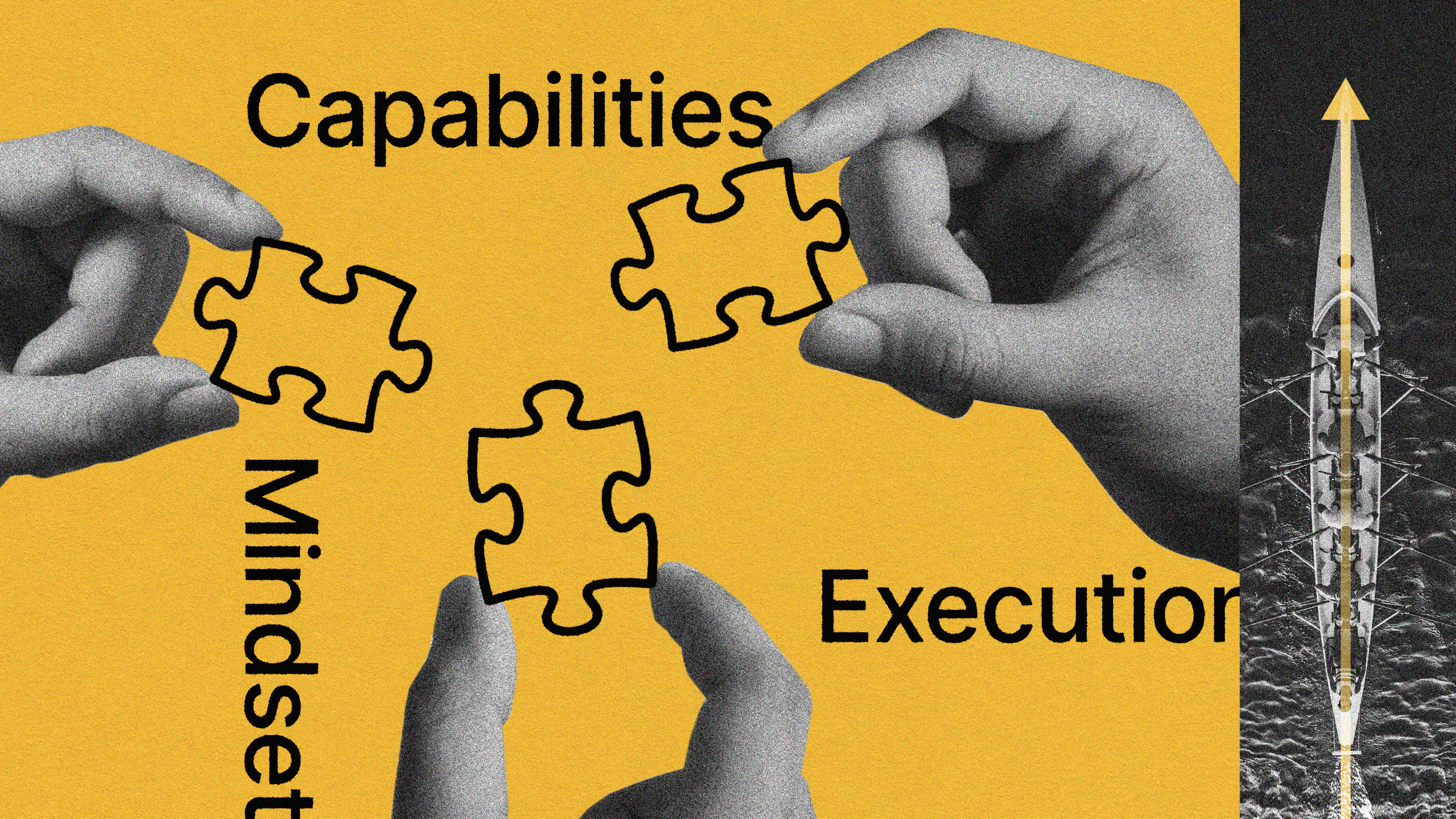Big Think+ Blog
Learn leadership development from the world’s biggest thinkers
Why 95% of AI rollouts fail and what L&D leaders can do about it
Companies are pouring resources into AI, yet capability gaps hold employees back from using it effectively.
Adam Grant on how to identify and develop high-potential leaders
The ability to toggle between abstract and concrete thinking is a key differentiator of high-potential leaders.
Forging a path to human-centered leadership
For human-centered leadership to achieve a “tipping point,” people, productivity, and profits must be aligned.
Building skills, talent, and trust in an AI world
To be successful, leaders would be wise to remember that AI isn’t a replacement for people; it exists to enhance their capabilities.
Unveiling Big Think+ Curations: Launch custom learning experiences in minutes
Save and group content to support your unique learning programs
Adam Grant’s #1 phrase to unlock potential
The “compliment sandwich” technique doesn’t actually work. Wharton professor Adam Grant on how to give feedback that will actually help others reach their full potential.
Building leaders ready for anything: 4 critical change leadership capabilities
Many capabilities contribute to effective change leadership, but four stand out as vitally important at a macro level.
The 7 most in-demand skills driving the leadership gap
Research consistently points to a set of leadership skills that are high-impact, difficult to develop, and not easily replicated by technology.
A quick guide to measuring training ROI
Calculating training ROI is rarely straightforward, but this article offers a few best practices for L&D professionals.
Business acumen training: A how-to guide
Business acumen training can help everyone from individual contributors to directors learn how to seize opportunities for growth.
On-the-job training: How to build an effective program for the future
To gain its full value, L&D leaders must be open to challenging assumptions about how they approach on-the-job training.
3 key takeaways from ATD 2023
ATD 2023 encouraged L&D professionals to create a world that works better – whether by rethinking old assumptions, optimizing how we gather, or creating new measures for success.
How to design an emerging leaders program: 5 best practices
An emerging leaders program can help organizations harness leaders from the inside. Read on to learn how to design one.
Scenario-based learning: 5 best practices and examples
Scenario-based learning makes employees active participants in their own learning process, better preparing them for the real issues they may face at work.
7 keys to creating a culture of innovation
Creating a culture of innovation requires champions and cheerleaders at every level and in every function within an organization.
5 best practices for developing a competency framework
A competency framework is a way to align individual performance with organizational goals. Read on to learn how.
The 5 executive leadership skills that matter most
From empowerment to intellectual humility, these executive leadership skills are invaluable to an organization.
Big Think+ Newsletter
Discover the latest in learning & development, straight to your inbox every other Tuesday. Expect industry research, articles, podcasts and videos from top leadership and L&D thinkers.
















